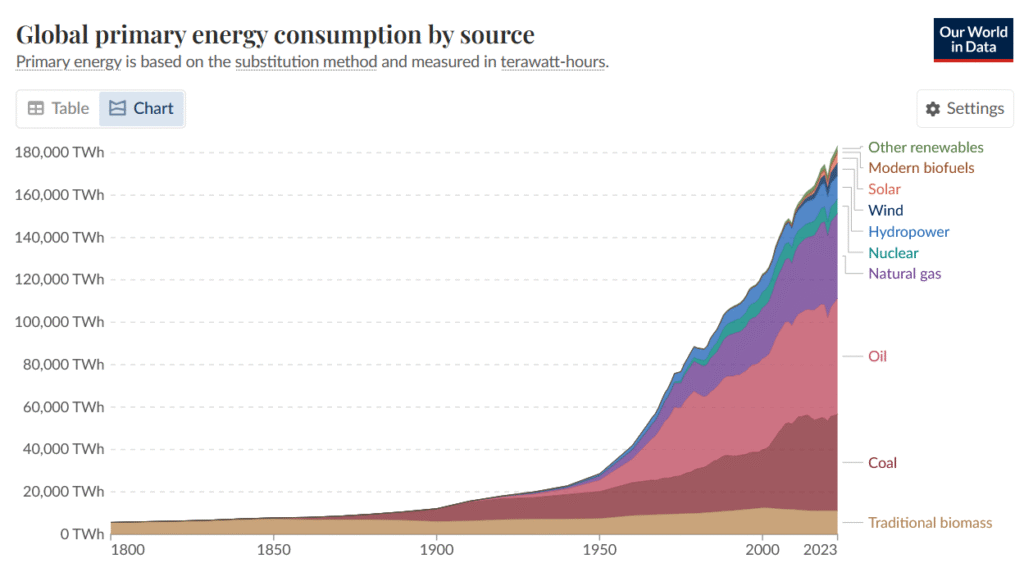When we dream about the future, our minds often latch onto a single, captivating element. Science fiction narratives and even expert forecasts frequently fall into this trap of isolated focus, leading to predictions that swing wildly between utopian fantasy and dystopian despair. Consider Ray Kurzweil’s relentless optimism regarding technological singularity, often sidelining the messy realities of political upheaval and inherent human biases. Conversely, while insightful about human nature, George Orwell’s visions of totalitarian control couldn’t fully account for the accelerating pace of technological evolution. This inherent bias is why crafting accurate future narratives is so challenging. How many stories truly grappled with the societal implications of widespread social media addiction, a force more relevant than any spaceship? Even within specific domains, the blind spots are evident. While the potential for reversing aging has been a scientific undercurrent for decades, its societal impact remains largely unexplored in mainstream future projections, often overshadowed by the ideas of AI or space colonization. Every vision of tomorrow, therefore, risks becoming a time capsule of present-day obsessions, currently dominated by the narrative of artificial intelligence. With this post I aim to present 6 concepts that are fundamental and need to be considered for every realistic prediction of the future for a time horizon of 1 to 100 years.
1. Climate Collapse: Systemic Instability
The climate crisis is not an isolated environmental issue; it represents a fundamental destabilization of interconnected global systems. Our world is collapsing. Climate change acts as a threat multiplier, exacerbating existing vulnerabilities. Resource scarcity driven by environmental shifts fuels geopolitical friction and mass migration. These pressures, interacting with weakened social cohesion, depress birth rates, leading to demographic imbalances that further strain economic models. This is not speculative forecasting; it’s the observable trajectory of a complex system under duress, demanding a recalibration of our future assumptions.
2. Energy: The Infrastructure of Progress
Energy availability and its accessibility define the boundaries of societal progress. All progress can be measured in Watts. Our energy production is growing faster and faster. The switch to renewable energy requires a second parameter. Our ability to store energy is becoming critical as unreliable energy sources like wind and solar become cheaper and cheaper. The price of every product will go down if energy becomes abundant. The availability of cheap power is a necessity for other areas like AI and robotics.

3. AI: Cognitive Automation and Beyond Human Capability
Artificial intelligence is rapidly evolving from a tool for automation to something capable of independent cognitive function, with implications for the nature of work and human relevance. This will lead to a lot of people losing their jobs. At first, this will only affect simple jobs, but over time, more and more complex jobs will be taken over by AI. There is no reason to believe that there are any jobs that cannot be automated in a long enough time frame. Therefore, any analysis into the future not only has to take into account the idea of a total automation of all services and production, but also what happens when AI further continues to improve and surpass us in all areas. How this plays out is not only dependent on the nature of the technology itself, but mostly on the geopolitical setting in which it will happen.
4. Longevity Escape Velocity: The Erosion of Biological Limits
Emerging research in biogerontology suggests the potential for a paradigm shift in human lifespan, where the rate of life extension outpaces the rate of aging. There are more and more approaches to extend human life. It is quite possible that we will reach a point where we can extend our lives faster than we age. This is called longevity escape velocity. It is not clear when we will reach that point, but it will fundamentally change our society. And current progress, even without additional speedup from AI, suggests that this could happen in the next 10-20 years. Our mortality defines us. Without it, we have to find a new definition for life and what it means to live.
5. Social and Population Decline: The Demographic Reversal
Contrary to prevailing narratives of overpopulation, a significant demographic shift is underway in many parts of the world: a sustained decline in birth rates with far-reaching economic and social consequences. The world population is still growing, but the rate of growth is slowing down. In many countries, the population is already shrinking. This is a problem because our economic system is based on growth. If the population shrinks, there are fewer people who can work and consume. This leads to economic problems. In addition, a shrinking population leads to an aging society. Old people need more care, and there are fewer young people who can provide this care. This demographic reversal requires a fundamental rethinking of societal structures and economic policies designed for an era of continuous growth.
6. Economic System: The Rise of Digital Neo-Feudalism
The current and future economic structure determines the global order. The dominant capitalist model is undergoing a subtle but significant transformation, characterized by the increasing concentration of power within large digital monopolies. The network effects and data control inherent in dominant digital platforms are creating a form of neo-feudalism, where access and opportunity are increasingly mediated by these digital lords. This concentration of economic and informational power has significant implications for competition, innovation, and the distribution of wealth, potentially leading to new forms of societal stratification. This becomes a central problem when technologies like AI and LEV are integrated into this structure.
Conclusion
So, there is still a lot missing from this picture. This post just scratches the surface by laying out these six concepts. We have not properly looked into how they all connect and interact with each other. For example, how more energy changes AI, or what happens when longevity meets a shrinking population under climate stress. And I also did not show how to use this to make really solid predictions for the next decade, let alone the next century.
My main goal here was to get these core ideas down. The plan is to explore those connections and what they actually mean for us in future posts. That’s the crucial next step, because figuring out that interplay is where the real challenge, and the most important insights, are.
